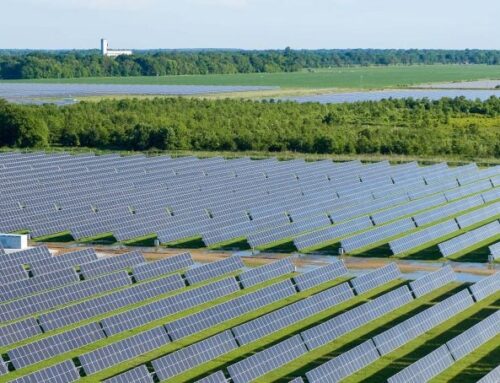Faith leaders, environmental groups push back on proposed homeless campus
November 18, 2025
SALT LAKE CITY — A coalition of faith leaders, environmental advocates and homeowners is urging state leaders to halt plans for a proposed homeless shelter in Salt Lake City’s Northpoint neighborhood.
The 1,300-bed campus would sit on nearly 16 acres of Great Salt Lake wetlands near the Jordan River — an area critics say is environmentally sensitive and already under pressure from industrial development.
“This plan does not feel compassionate, and it doesn’t feel like a plan,” said Allison Musser, a Northpoint resident.
State leaders said the campus would include temporary housing, healthcare, food and treatment services. The Utah Office of Homeless Services estimates Salt Lake County needs 1,200 to 1,600 additional emergency beds during the winter months.
Deeda Seed, with the Center for Biological Diversity, said about 1,400 people added their names to the letter sent to Utah’s top officials, asking them to stop plans to build the homeless shelter.
Opponents argue the shelter would concentrate services in one location, isolating people experiencing homelessness rather than spreading resources statewide. They also raised concerns about stormwater runoff, pollution and impacts on wildlife.
“The transition that’s happening here, right now, with the recent rezoning to large industrial development will have really negative consequences on this particularly sensitive area of the shorelands of Great Salt Lake,” said Soren Simonsen, executive director of the Jordan River Commission.
While the commission did not sign the letter, Simonsen said he shares concerns about further development of the area.
“I don’t know that the shelter itself presents any greater risks than the industrial development that’s already happening in this area, but all of the development here that is reducing wildlife habitat, both wetland and upland habitat that are all closely connected to this delta zone of the Jordan River is concerning for long term health of ecological systems that are really significant,” Simonsen said.
Many at the press conference took issue with construction on the wetlands.
“It’s incredibly disturbing that in light of all that work and all that concern about protecting wetlands, we’re about to pave them over,” Seed said. “Once paved over, the area becomes a source of pollution from stormwater runoff.”
Mosquito control is another issue. The Salt Lake City Mosquito Abatement District said the area where the proposed site is averages about 1,600 mosquitoes per trap each night.
Education specialist Michele Rehbein, Ph.D., said the district is working with state homelessness coordinator Wayne Niederhauser. She said they want to be included on design plans and bring in educational awareness to the people on site, both in construction and the homeless individuals who will shelter there.
“We just want to make sure that people are taking proper precautions and being aware of the public health threats that could come from mosquitoes, on top of just being a nuisance,” Rehbein said.
She added that the district uses EPA-approved products to reduce mosquito populations. Rehbein said it’s not solely focused on spraying.
“We do use plethora of methods and techniques in order to reduce mosquitoes,” she said.
She said it’s important that homeless people have repellant.
“Whether that’s wipes or lotion or spray, we want to be able to do something similar for these individuals … especially those that might be a little underprepared and not quite know what to expect in terms of the mosquito amounts or mosquito numbers that are in that area,” Rehbein said.
Search
RECENT PRESS RELEASES
Related Post
 Like us on Facebook
Like us on Facebook

